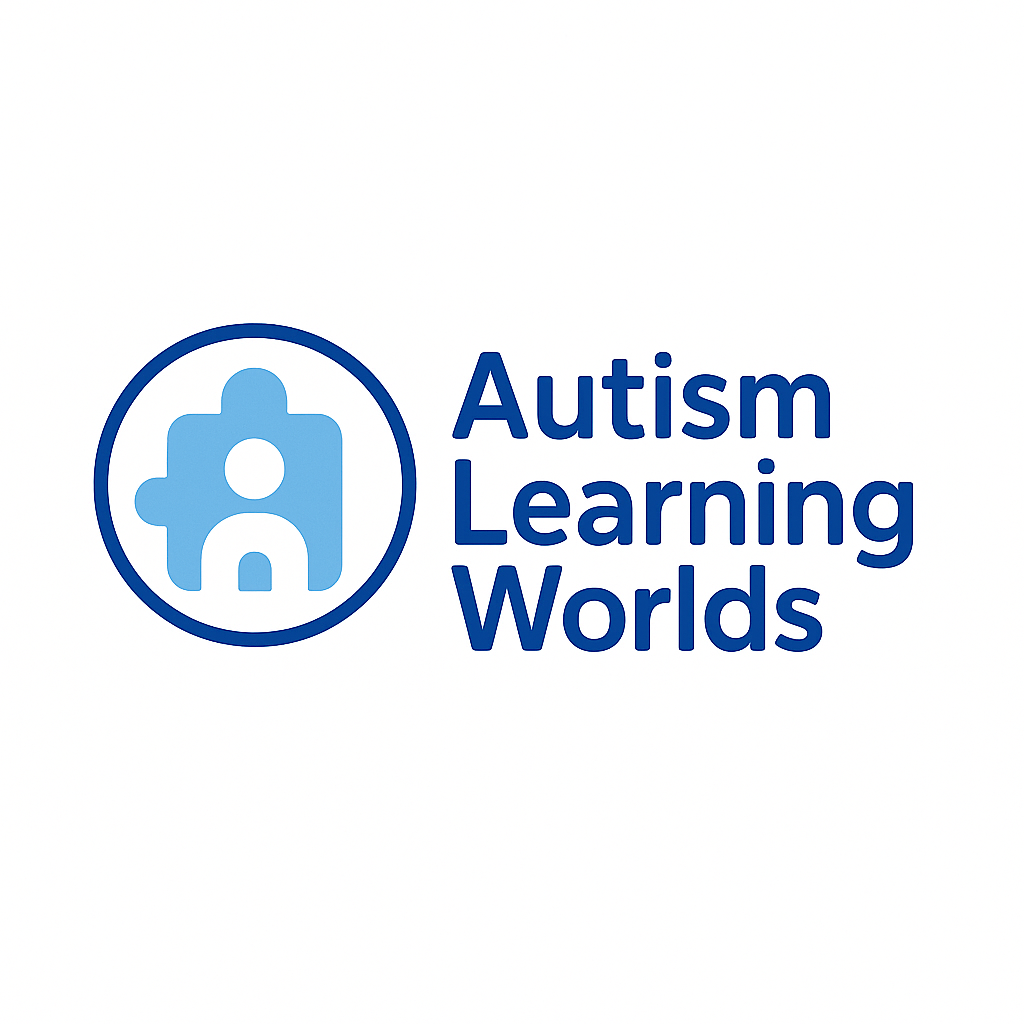How to Help Kids with Autism Understand Jealousy
Teaching emotional awareness with visuals and compassion
Jealousy is a tricky feeling—even for adults.
For children with mild to moderate autism, it can be especially confusing. They may not have the words to describe it, or they might misinterpret what they’re feeling as anger, sadness, or even rejection.
That’s why emotional education is such a key part of what we do at Autism Learning Worlds. We created a Being Jealous lesson with an animated social story, visual quiz, and printable to help kids recognize, understand, and respond to jealousy in a safe, concrete way.
💚 What Jealousy Feels Like for Kids
Jealousy might show up when a friend:
• Gets a toy or prize they wanted
• Gets chosen first in a game
• Spends time with someone else
A child might:
• Cry
• Yell or lash out
• Say “That’s not fair!”
• Or go quiet and withdraw
But underneath the behavior is often a deeper feeling: “Why not me?”
🧠 Why This Is Hard for Kids with Autism
Children with autism may struggle to:
• Label complex feelings
• Express emotions appropriately
• Understand that jealousy is normal, not shameful
• Know what to do instead of acting out
That’s where visual teaching tools come in.
✅ How to Teach About Jealousy
1. Define the Feeling with Visuals
• Use emotion charts, facial expressions, and relatable scenarios to name jealousy clearly:
“Jealousy is when you feel upset because someone else got something you wanted.”
2. Normalize It
Say things like:
• “Everyone feels jealous sometimes.”
• “It doesn’t make you bad—it just means you care.”
3. Practice What to Do Instead
Teach alternative responses like:
• Taking a deep breath
• Saying, “I feel left out”
• Focusing on what they do have or can do next
• Asking to join instead of reacting with anger
👉 Try Our Being Jealous Lesson
This self-paced lesson helps kids:
• Identify what jealousy looks like
• Practice choosing healthy responses
• See common situations acted out with visuals
• Understand that feelings don’t have to control their behavior• It’s short, kid-friendly, and great for both home and classroom use.
💙 Final Thoughts
We don’t need to “get rid of” jealousy—we need to help kids understand it, name it, and choose healthy actions in response.
When a child feels safe enough to say “I’m feeling jealous,” they’re already halfway toward managing it with confidence.
With care,
Lauren
Founder, Autism Learning Worlds

